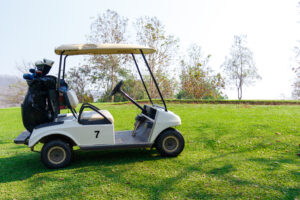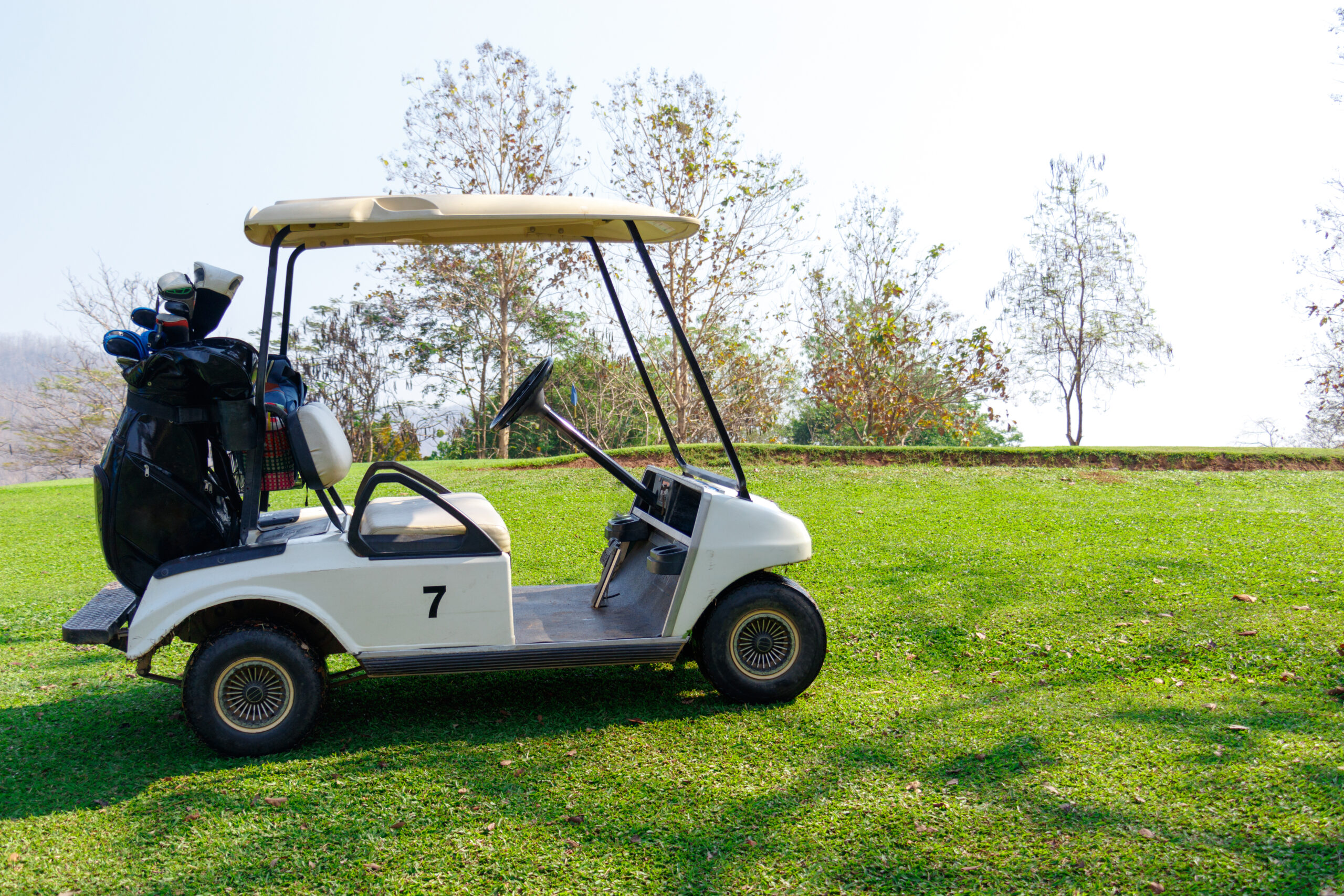Michigan Court Holds Foreseeability Is the Test for Inherent Risk

Photo Credit: BLACKWHITEPAILYN / Shutterstock.com
There are some sports that are known to have a significant risk of injury, such as skiing or rock climbing. Under the tort law theory of inherent risk, people who voluntarily engage in these sports cannot hold anyone else accountable for injuries caused by the sport itself unless the negligence rises to a certain level. In other words, if you go skiing and break your leg, unless the owners of the ski resort were extremely negligent, you will probably not be able to sue them for damages. Without this heightened negligence standard for inherent risk, no ski resorts could operate because the costs would be prohibitive.
Facts of This Case
The Michigan Supreme Court heard a Michigan personal injury case related to inherent risk. In this case, two men were golfing. One was driving the golf cart when it collided with the other man. Their stories differ about whether the cart suddenly struck the injured man or whether the injured man jumped in front of the cart. For the purposes of this appeal, it was irrelevant which scenario was correct. Here, the court looked at whether being hit by a golf cart is an inherent risk of golfing, as the driver of the cart argued. Conversely, they could have found that being hit by the cart is not an inherent risk of golfing. Whether the risk is inherent or not is relevant because it determines the standard of negligence that needs to be applied. These cases are always extremely fact-specific, which is why it is so important to contact a skilled personal injury attorney as soon as possible after an injury.
Negligence Standards and Inherent Risk
If, as the driver of the cart argued, being hit by a golf cart is an inherent risk of golfing, he would need to be found reckless in order for the injured man to recover damages from him. However, if being hit by a cart is not an inherent risk of golfing, the golf cart driver would only need to be found negligent to be liable for the injuries.
In other words, when you are involved in a sport, you owe everyone else participating in the sport a duty to act without reckless misconduct. To go back to the skiing example, let’s say someone is skiing down a mountain when they trip over someone lying on the hill. In the context of a ski slope, the participants have essentially agreed that there are risks to what they are doing, including colliding with another skier. An example of recklessness may be intentionally lying down on the slope just to be a hazard to others. Conversely, if you fall due to your own negligence and accidentally become a hazard, you would probably not be liable if someone trips on you and injures themselves. (However, these determinations are extremely fact-specific, and this example is only meant to illustrate the point.)
Test for Inherent Risk
The lower court focused on whether golf carts were part of the “essence of golf.” However, the Michigan Supreme Court held that this was not the proper inquiry to determine whether being hit by a golf cart is an inherent risk of golf. Instead, the proper inquiry is whether the risk was reasonably foreseeable. They did not decide whether the risk in this case was reasonably foreseeable but remanded the case back to the lower court to apply this test to determine the appropriate standard of care.
Contact an Experienced Western Michigan Personal Injury Attorney Today!
If you are injured due to the recklessness or negligence of someone else, you should contact a knowledgeable sports injury attorney as soon as possible. The attorneys at Neumann Law Group will analyze your case to determine your rights and responsibilities. Neumann Law Group is located in Western Michigan and regularly has clients in Detroit, Kalamazoo, Saginaw, Southfield, Grand Rapids, Lansing, and Traverse City. Call 800-525-6386 or use the contact form on this website to schedule your free consultation today!
See Related Posts:
Michigan Court Finds No Negligence When Hazard is “Open and Obvious”
Michigan Appeals Court Upholds Ruling for Defendant in Dog Attack Case


